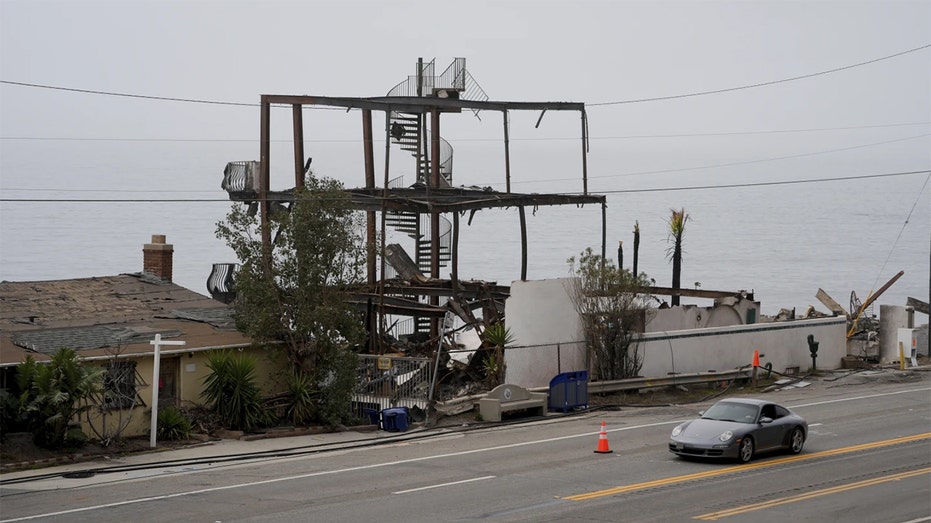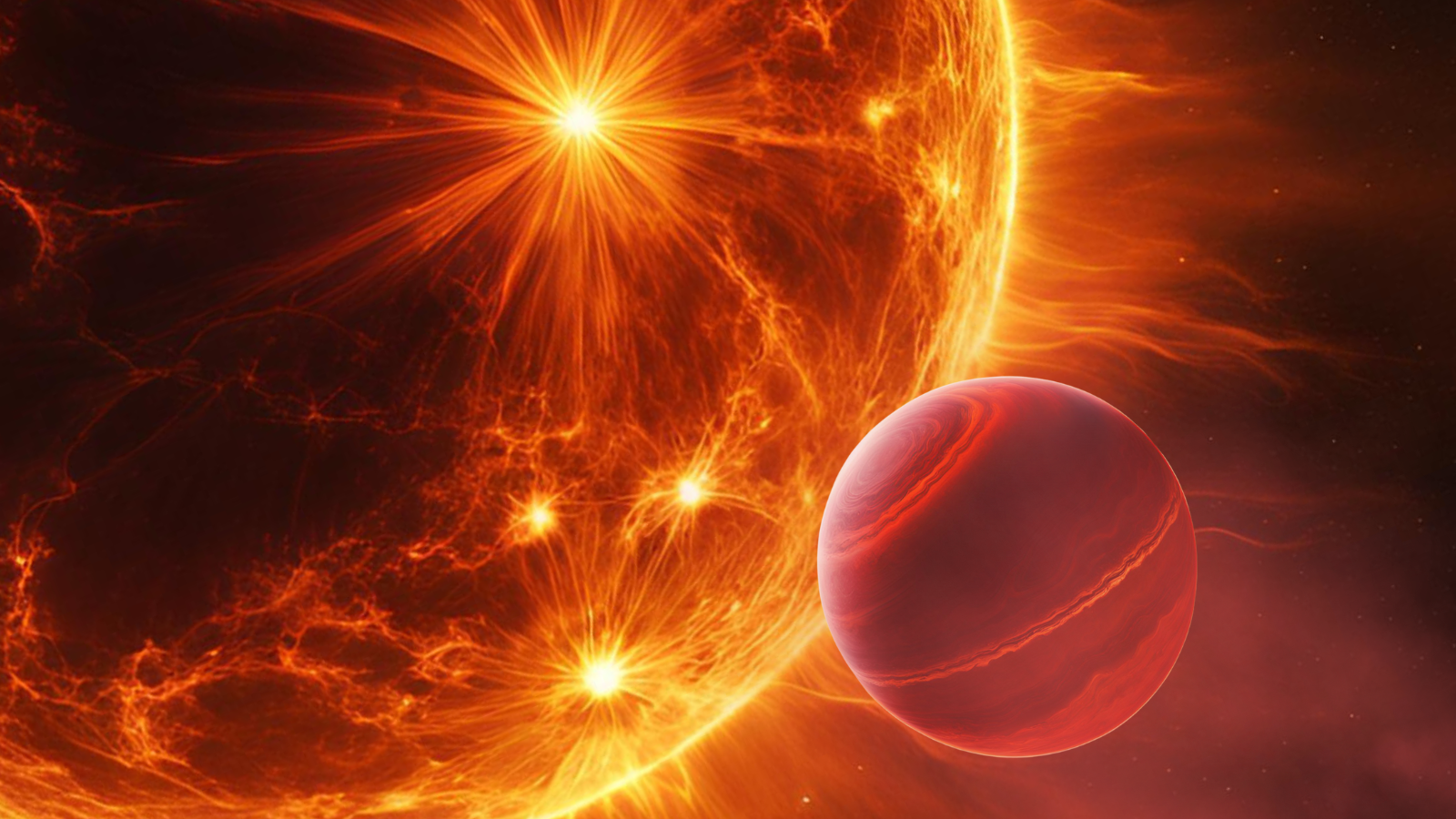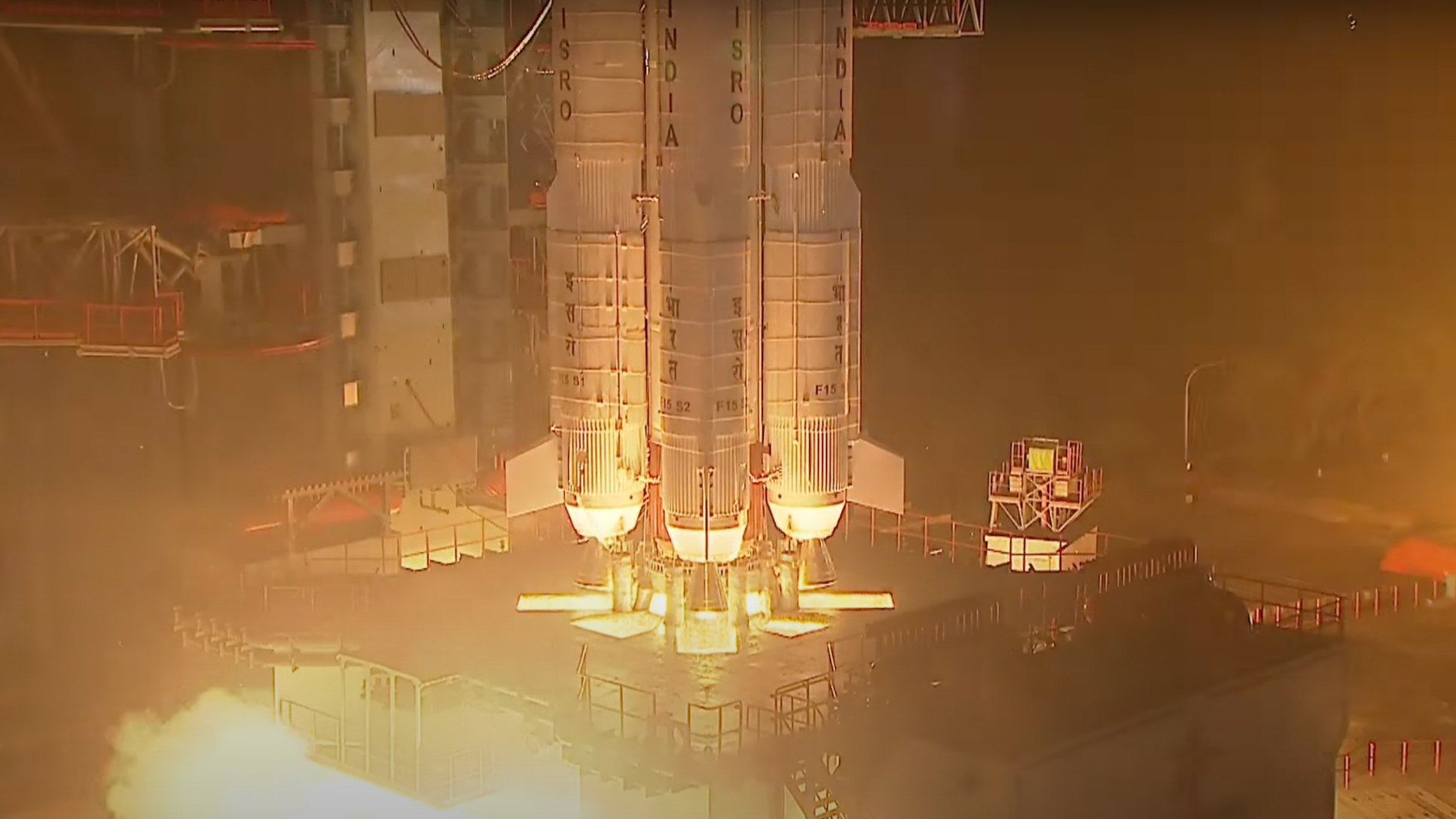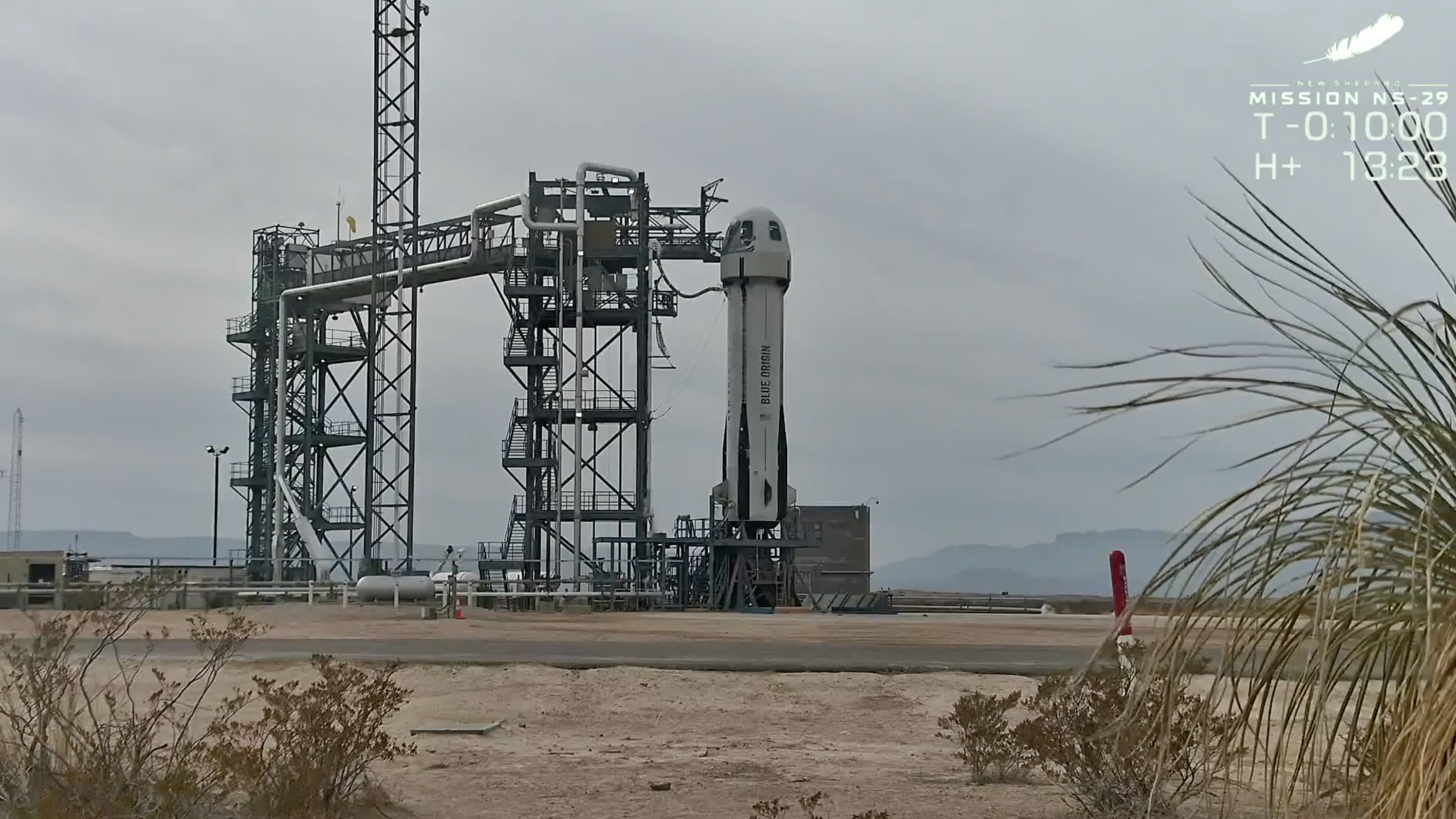ESA is Building its Own Lunar Lander
It seems everyone is talking about the Moon and everyone wants to get their foot in the door with the renewed passion for lunar exploration. ESA too have jumped into the lunar landing game having just signed a contract with Thales Alenia Space to build its Argonaut Lunar Lander. Compared to other landers, it will … Continue reading "ESA is Building its Own Lunar Lander" The post ESA is Building its Own Lunar Lander appeared first on Universe Today.

It seems everyone is talking about the Moon and everyone wants to get their foot in the door with the renewed passion for lunar exploration. ESA too have jumped into the lunar landing game having just signed a contract with Thales Alenia Space to build its Argonaut Lunar Lander. Compared to other landers, it will be unique in its ability to handle the harsh night and day conditions on the lunar surface. Each mission is planned to have a 5 year life and will have a standard descent and cargo module but with different payloads determined by the Moon. If all goes to plan then the first lander will fly in 2031.
The Moon, Earth’s only natural satellite, is a celestial body that has fascinated us for centuries. It orbits Earth at an average distance of about 384,400 kilometres and is a barren, rocky surface covered in craters, mountains, and vast plains of solidified lava. Its lack of atmosphere results in extreme temperature fluctuations, with daytime temperatures reaching up to 127°C and nighttime temperatures plummeting as low as -173°C.

Since the Apollo missions of the 1960’s lunar exploration has become a central part of space science. The first major milestone was achieved in 1959 when the Soviet Luna 2 mission became the first human-made object to impact the Moon. This was followed by Luna 9, which successfully landed and transmitted images from the surface. This was followed by Apollo 11 and humanity’s first steps on another celestial body. Since then robotic missions like China’s Chang’e program, India’s Chandrayaan missions, and NASA’s Artemis program have aimed to study lunar water ice, geology, and sustainability for long-term human presence.

The European Space Agency have got in on the act now with their plans to build Argonaut, an autonomous lunar lander. It will launch on regular missions to the moon and can be used for delivering rovers, infrastructure, instrumentation or resources to the Moon for lunar explorers. The lander will compose of the descent module, the payload and the cargo platform which will act as the interface between the lander and the payload and will integrate operations between the two.
ESA signed their contract with Thales Alenia Space in Italy, a joint venture and prominent player in the global space market. They have been delivering high-tech solutions for navigation, telecommunication and Earth observation for over 40 years. They will be leading the European group to build the descent module with the remaining core team from the Group’s UK and France.

Once complete, Argonaut will become a key part of ESA’s lunar exploration strategy and will integrate with their Lunar Link on the new lunar Gateway. This new international space station is planned to orbit the Moon as part of the NASA Artemis programme. Argonaut will become one of Europe’s main contributions to international lunar exploration as nations work together to establish permanent presence on our nearest celestial neighbour.
Source : Argonaut: a first European lunar lander
The post ESA is Building its Own Lunar Lander appeared first on Universe Today.















































































